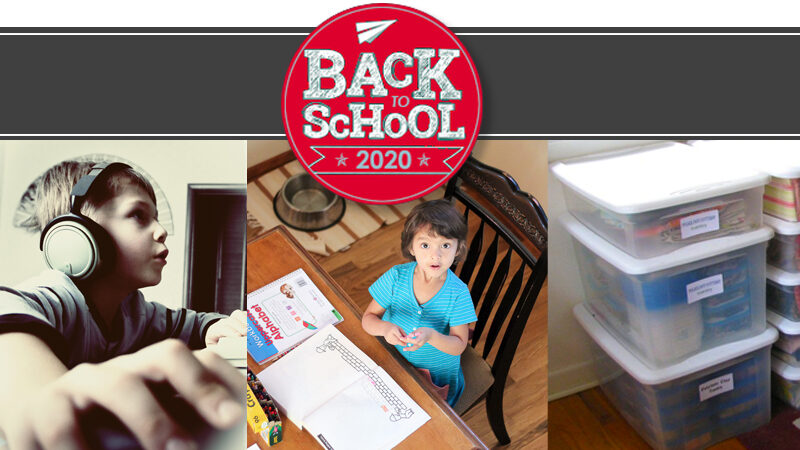Design Tips for Setting up School in a Home Environment

Back to school looks a little different this year, but O’Connell Robertson wants to continue our annual tradition of bringing you design strategies for enhancing learning and engagement during this transition. As virtual learning becomes the norm for many districts, there is much information available to help you set a schedule, encourage a routine, and improve your overall learning delivery. Today, we will focus on the design of your learning environment. Humans of all ages seek out environments that are safe, secure, and physically and psychologically comfortable. Research shows us that our environment impacts our blood pressure and brain activity. Students are more capable of focusing and engaging in learning when their environment supports their needs. But now we are all at home, all the time. How can your home environment meet each of your student’s needs? What is meant by ‘environment’? While there are no magic wands for these answers, we do have some tips that can help set the stage for creating effective learning environments from home.
-
Create visual cues to trigger the mind to be ready for learning.
- Privacy screen – A privacy screen can be a simple partition on a desk or on a table. It could also be mobile standing/folding device. Either option can create an instant, distraction-free environment.
- Specific furniture – For example, ‘this’ chair, table, and lamp are only used for the ‘classroom’.
- Create a visual reminder to cue to kids that “now this table is for school”. This is especially important when using spaces that are usually for dining or sleeping. Some examples to use include reversible hanging signage, colored cards, a dry erase board, photographs, etc.
-
Let the student have control over their space.
- Choose a space that is best for their task. Almost any household room can be converted into a classroom—the bedroom, the dining room, the kitchen, etc.
- Choose a space where you have the ability to manipulate the amount of light (maybe with curtains or shades), temperature (hoodie/blanket), and sound (you may need to make headphones an option depending on the area).
-
Locate tools within reach.
- Utilize bins or carts that can be put away or left out of sight when not relevant for the day’s task and easily put away at day’s end.
-
Allow for movement.
- Movement and brain activity are intrinsically tied together.
- Movement is critical for learning.
- Examples to integrate movement include creating stations throughout the house, incorporating outdoor learning activities, and encouraging periodic breaks.
-
Don’t neglect the importance of posture.
- Allow kids to subconsciously shift from one posture to the next, i.e. don’t expect them to position themselves in the same position all day.
- Allowing for posture adjustments lets students focus on the task at hand as opposed to trying to figure out how to resolve any discomfort.
- Vary the height of work areas (floor, seated, and standing options).

